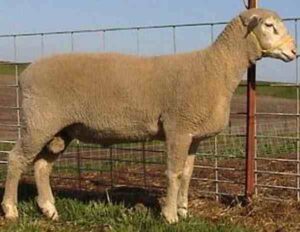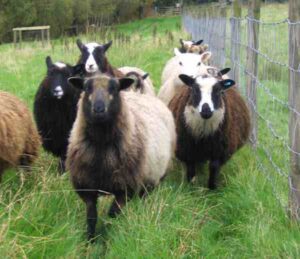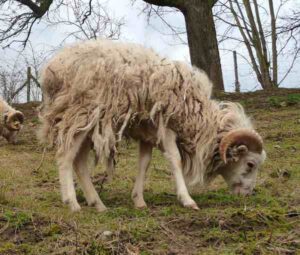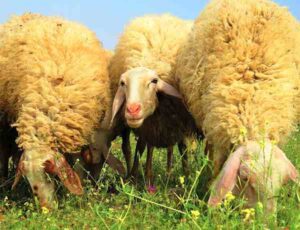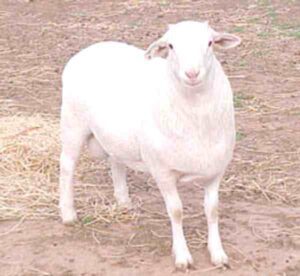The Racka sheep is a breed of domestic sheep from Hungary. It is known known for it’s unusual spiral-shaped horns. It is also known by some other names such as Hungarian Zackel, Ratca (Romanian) and Hortobágy Racka.
The unique spiral-shaped horns appendages are unlike any other domestic sheep horns, and may grow up to 2.0 ft long. The smallest standard length is 20 inches for rams and 12-15 inches for ewes.
The Racka sheep breed has existed since at least the 1800, when the 1st registry was established. However, read some more information about this breed below.
Racka Sheep Characteristics
The Racka sheep is a medium sized animal with very beautiful appearance. It appears in two major color patterns.
Most common color is brown wool covering the heads and legs with the fiber varying in color from dark brown to light brown and white. Some animals can also be of solid black color.

Both rams and ewes have long spiral shaped horns, for which the breed is well known. The smallest standard length for the horns is 20 inches for the rams, and about 12-15 inches for the ewes.
As a medium sized animal, average live body weight of the mature Racka rams is around 60 kg. And average live body weight of the mature ewes is around 40 kg.[1]
Uses
The Racka sheep are multi-purpose animals. They are used for meat, milk and also for wool production.

Special Notes
The Racka sheep are a very hardy breed of domestic sheep. They are multi-purpose animals and used for many different purposes. They are very good for meat and wool production, and also good for milk production.
Their wool is long and coarse. And their wool appears in two usual types. One of the two general types of their wool is a cream wool with light brown faces and legs.
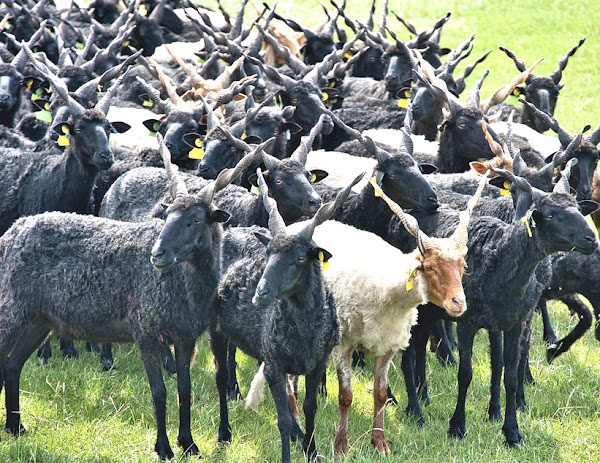
And the other type is a black variation. The Racka sheep breed is relatively quiet in disposition. The breed is a desirable animal for the hobby farmers mainly for it’s quiet disposition and unique appearance.
Along with meat, milk and wool production the Racka sheep breed is also often used in crossbreeding due to it’s ability to pass it’s hardiness and survivability to it’s offspring. However, review full breed profile of the Racka sheep in the following chart.
| Breed Name | Racka |
| Other Name | Also known by some other names such as Hungarian Zackel, Ratca (Romanian) and Hortobágy Racka |
| Breed Purpose | Meat, milk, wool and also used for crossbreeding with other sheep breeds |
| Special Notes | Very hardy and strong animals, multi-purpose animals, raised for meat, milk and wool production, very good for quality wool production, the wool is long and coarse, very good for quality meat production |
| Breed Size | Medium |
| Weight | 40 to 60 kg |
| Horns | Yes |
| Climate Tolerance | All climates |
| Color | Light brown to dark brown and black animals are also available |
| Rarity | Common |
| Country/Place of Origin | Hungary |

